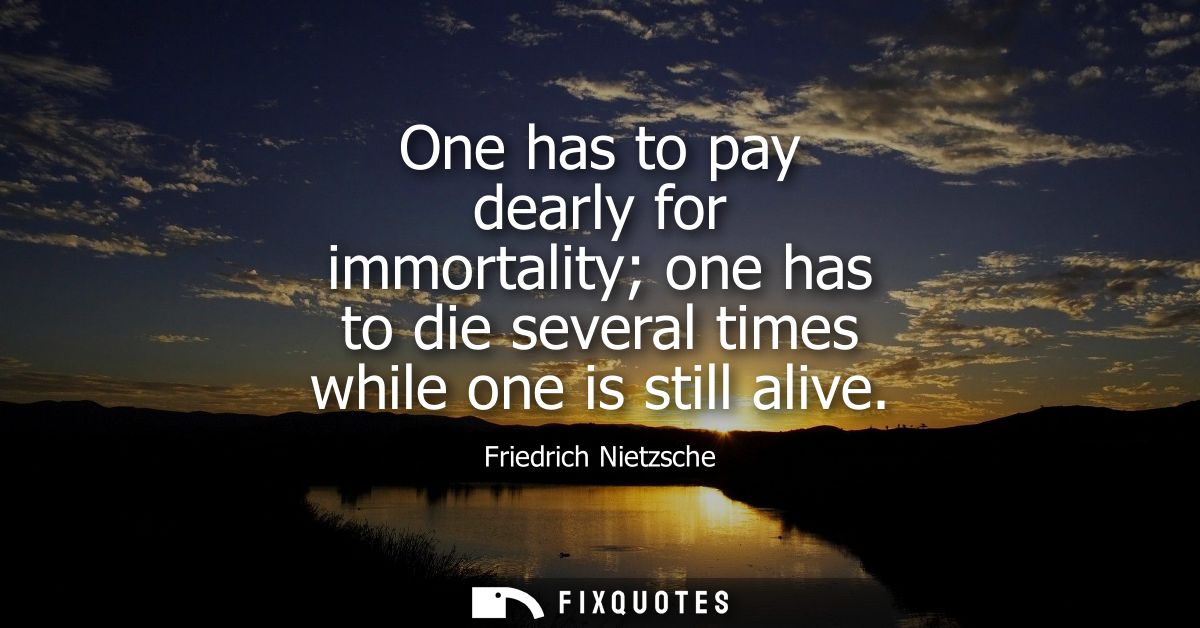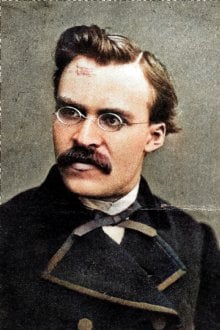"One has to pay dearly for immortality; one has to die several times while one is still alive"
About this Quote
Friedrich Nietzsche’s assertion that "one has to pay dearly for immortality; one has to die several times while one is still alive" encapsulates the profound personal cost required for genuine transformation and enduring significance. Immortality, in this sense, can be read as the lasting impact an individual may have, whether through ideas, creativity, or character. It suggests that to leave a true mark, a person must undergo recurrent, often painful, processes of inner change. These “deaths” are not physical, but symbolic: letting go of old beliefs, abandoning past identities, and relinquishing comforts that no longer serve growth.
To become something greater or more universal, the individual must overcome the inertia of their former selves, breaking attachments to outdated versions of who they were. Each “death” is an act of courage, a confrontation with fear, loss, and uncertainty. These moments of existential crisis force one to reconsider deeply held assumptions, cast aside illusions, and reconstruct the self anew. The pain is "dear" because it demands more than fleeting discomfort; it requires the surrender of aspects of the self we have come to rely upon for stability, love, or security.
Nietzsche’s insight raises the stakes of personal development. True achievement, creative or otherwise, does not come through incremental improvement alone, but through radical self-revision, what he elsewhere calls a "becoming who we are". This process, though arduous and recurrent, paves the path toward a legacy that outlives the transient self. Paradoxically, what endures is born from many endings. Rather than seeing these “deaths” as failures or losses, Nietzsche suggests viewing them as integral milestones in cultivating the continuous birth of the self. Only by courageously confronting these transformative passages can one aspire to immortality, ensuring that one's essence persists beyond the mere passage of time.
About the Author

